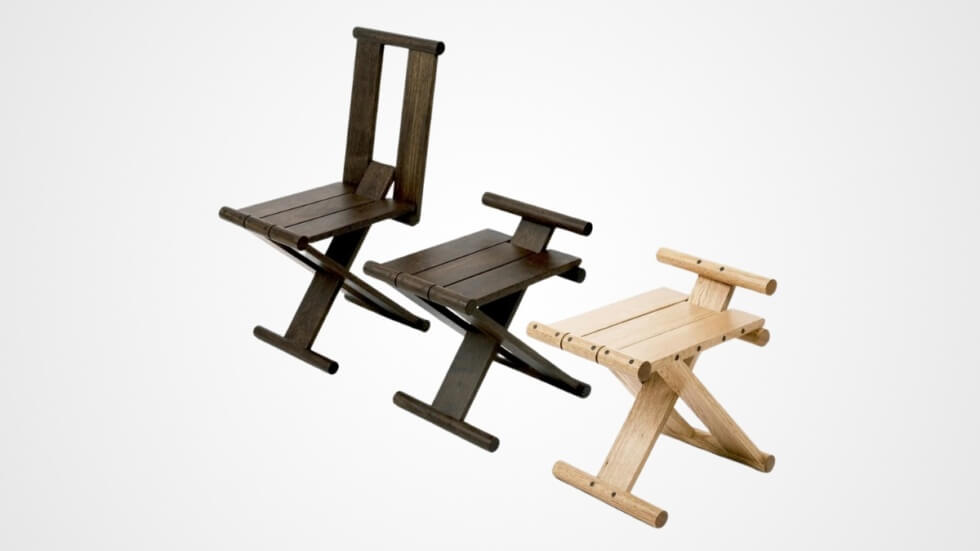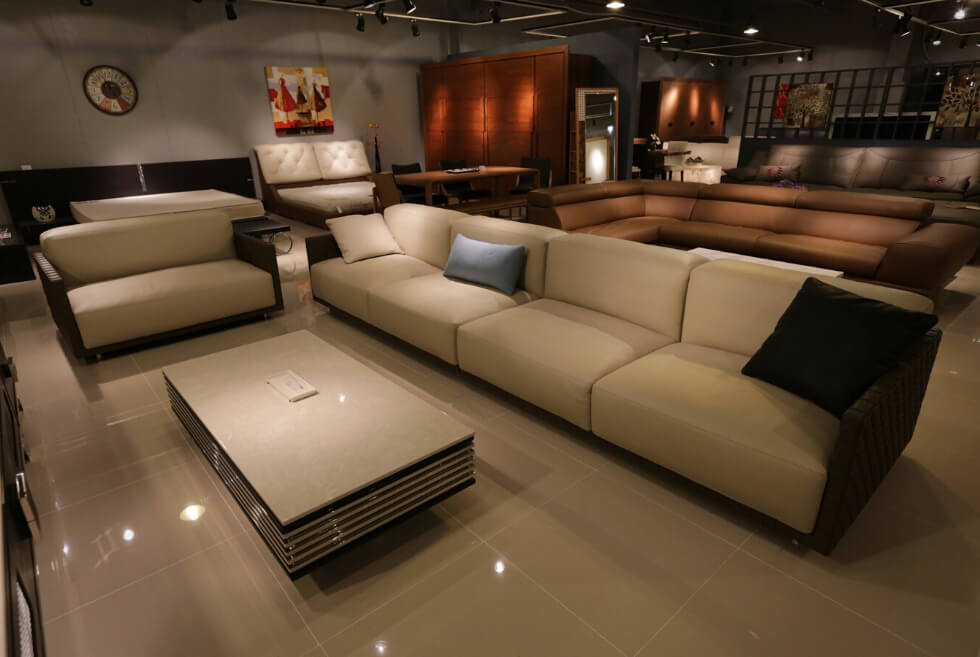The Rosario House, as the name suggests, is a residence, built specifically for a family seeking solace by virtue of plant cultivation. Set in Ocuilán, Mexico, it comprises of four individual cubes connected via open-air circulation. Each feature a different height and width, and thus assumes an identity unique from its siblings. Large wooden openings serve as the glue that binds these cubes together.
A family of three lives here, and their dedication to plant cultivation is apparent in the design of their home. The architects made sure to emphasize the surrounding nature through openings toward the trees and magenta flowers of the bougainvillea. Since the house features four very disparate cubes, the designers sought to integrate all of them by virtue of a constant relationship. Here, that means various passages that evince a synergy without crowding the structures.
There’s a gravel lawn, and to get to it, you have to go through the wooden screens featured in each cube. When closed, the doors offer a boundary between rooms. But when opened, the interiors are allowed to spill outward, while also welcoming the outside in. It’s a delicate balance that prioritizes transformation instead of conventional definitions of shelter. Here you have a dwelling that recontextualizes the essence of space. As something that separates one plot from another, it succeeds. In the same vein, Rosario House makes sure to corrode the very notion of boundaries and find a way to stitch up the individual parts.
That’s a true achievement. Talk to any architect about broken space and they’ll tell you how difficult it is to connect them organically. Check out more photos below.
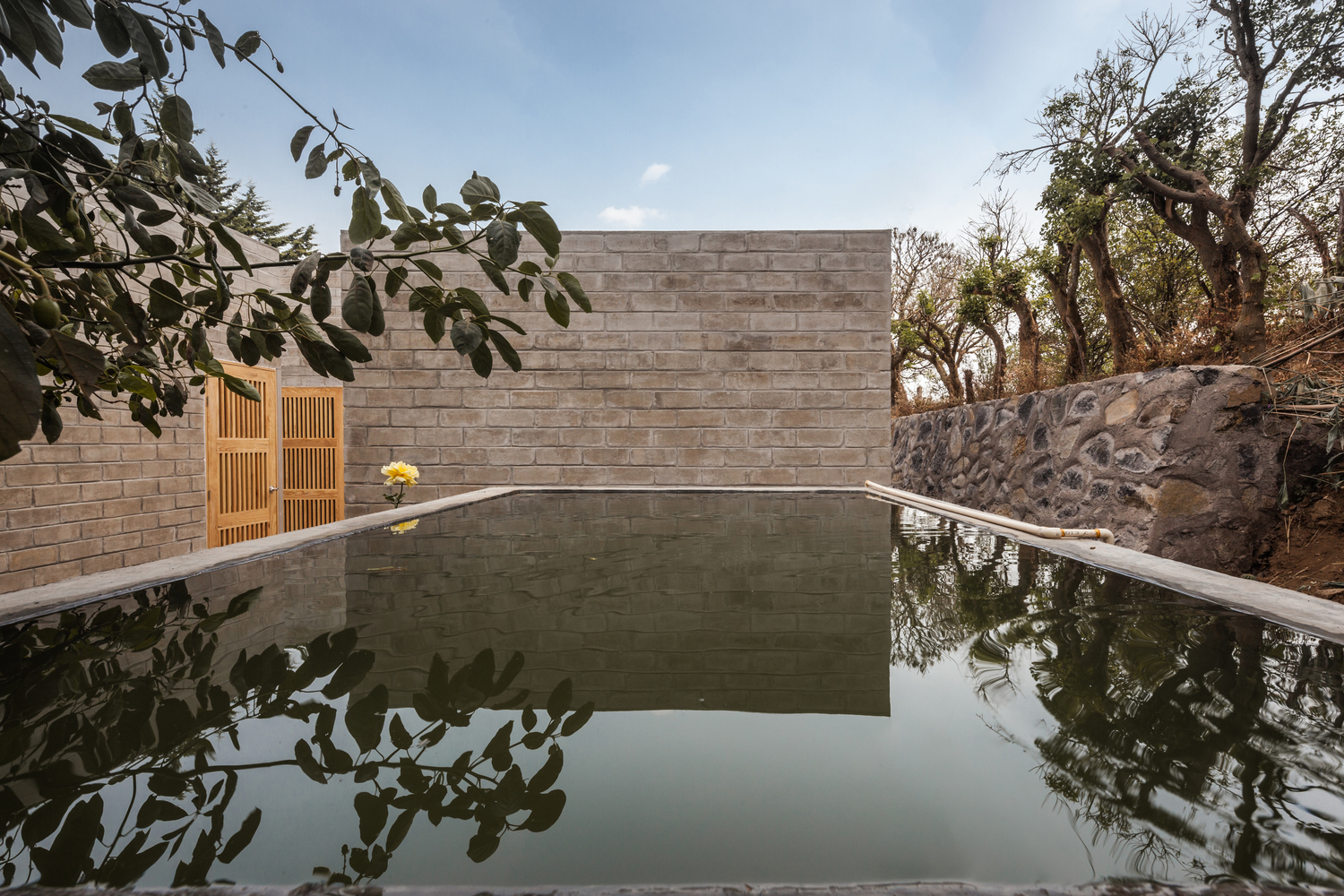
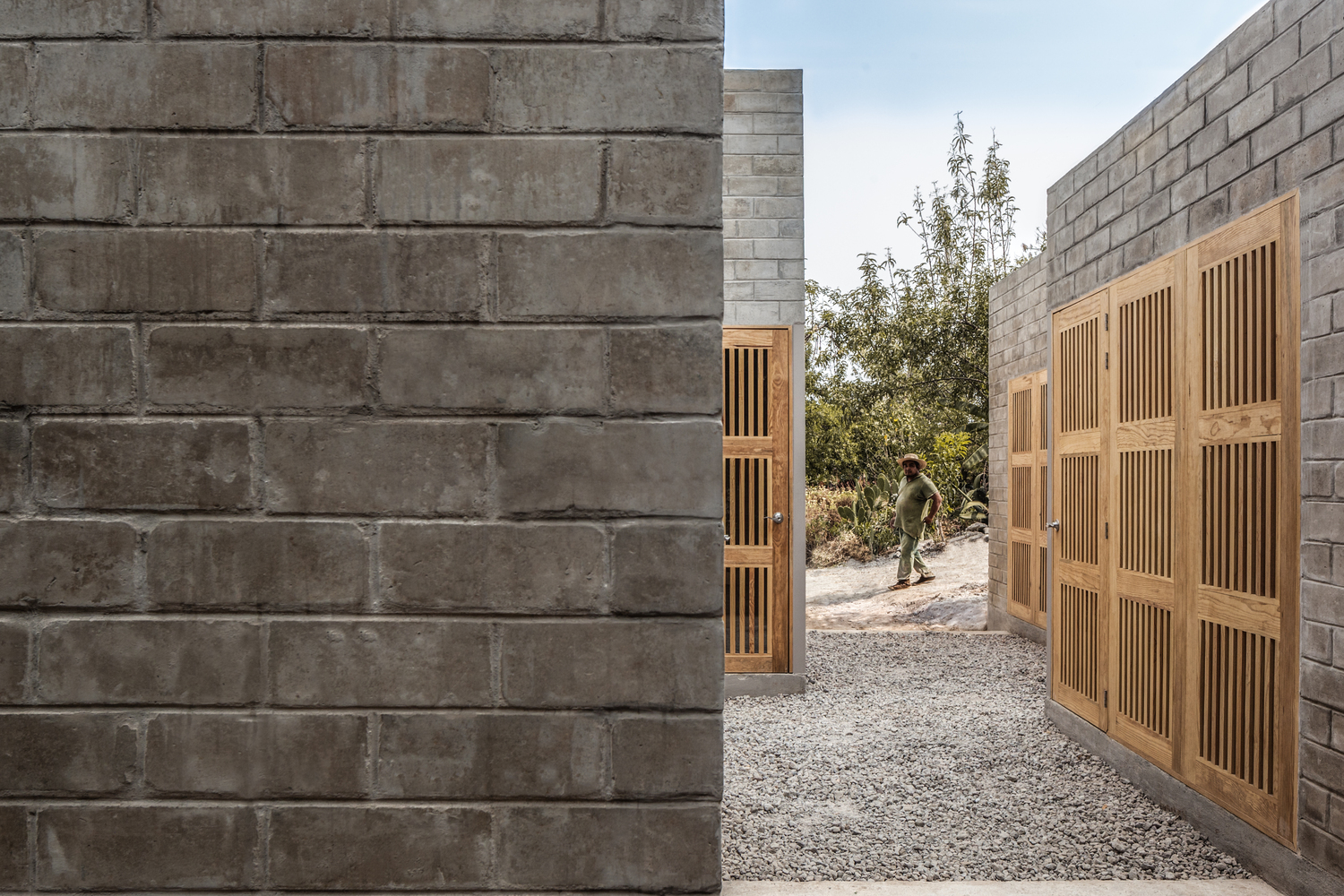
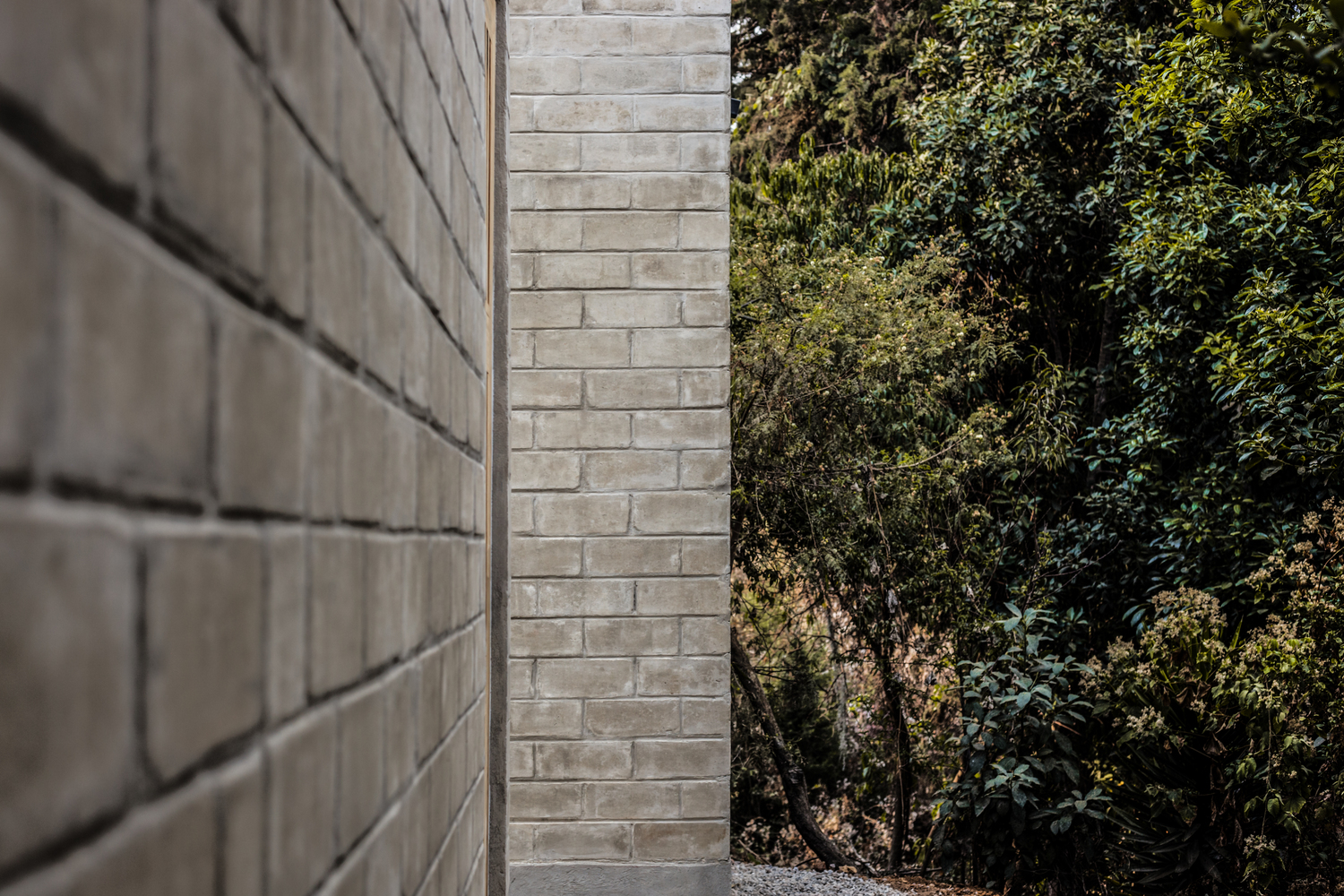
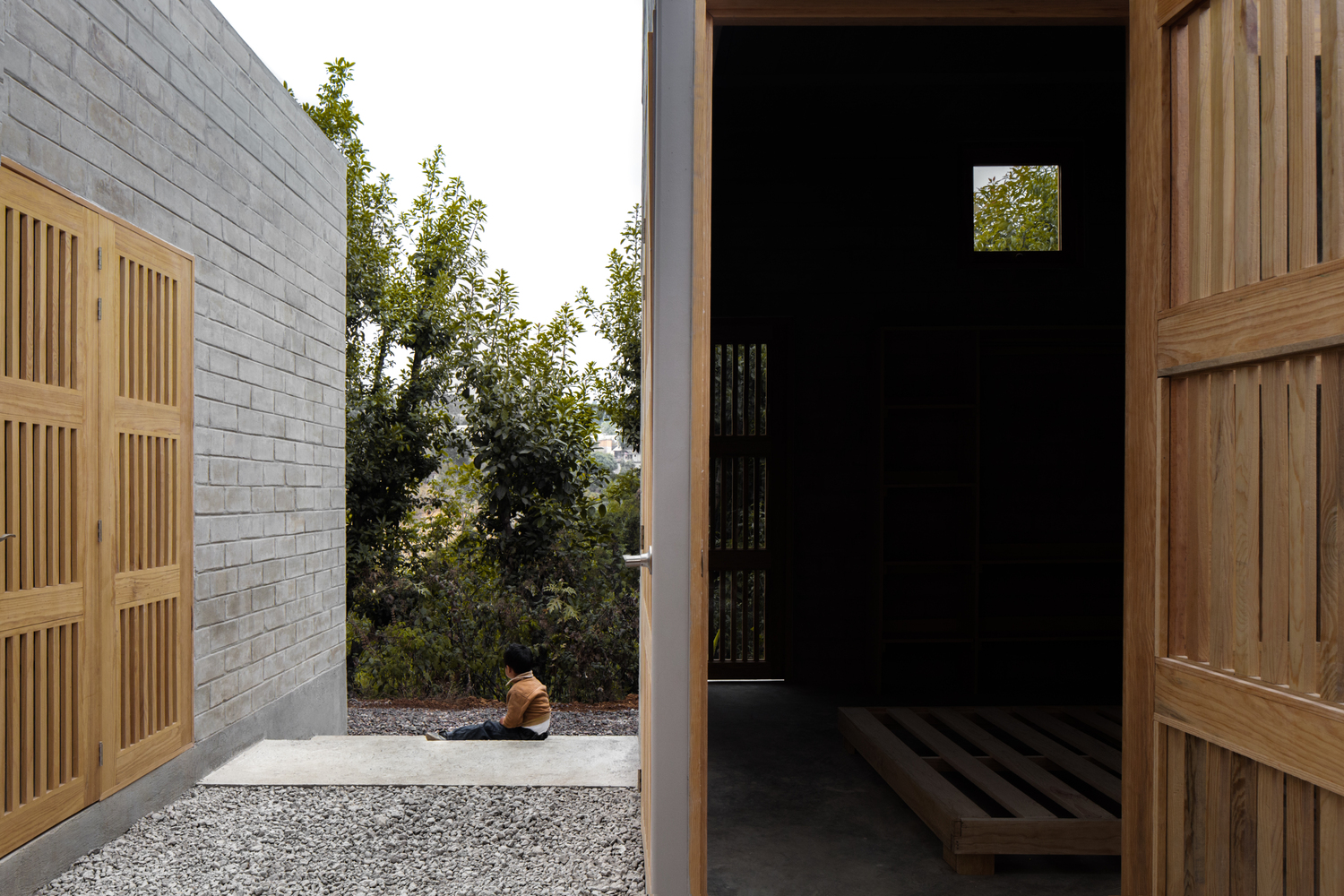
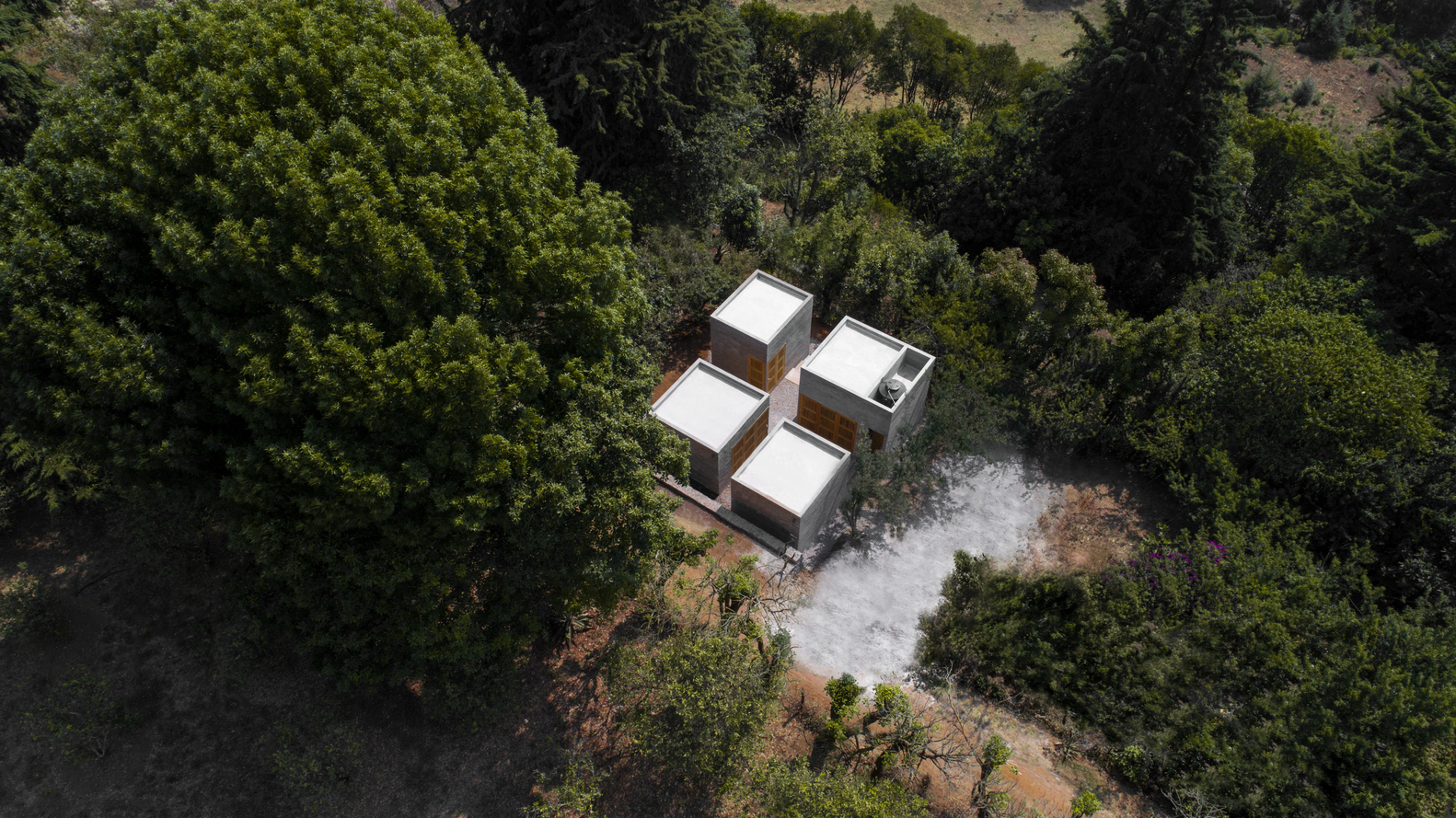
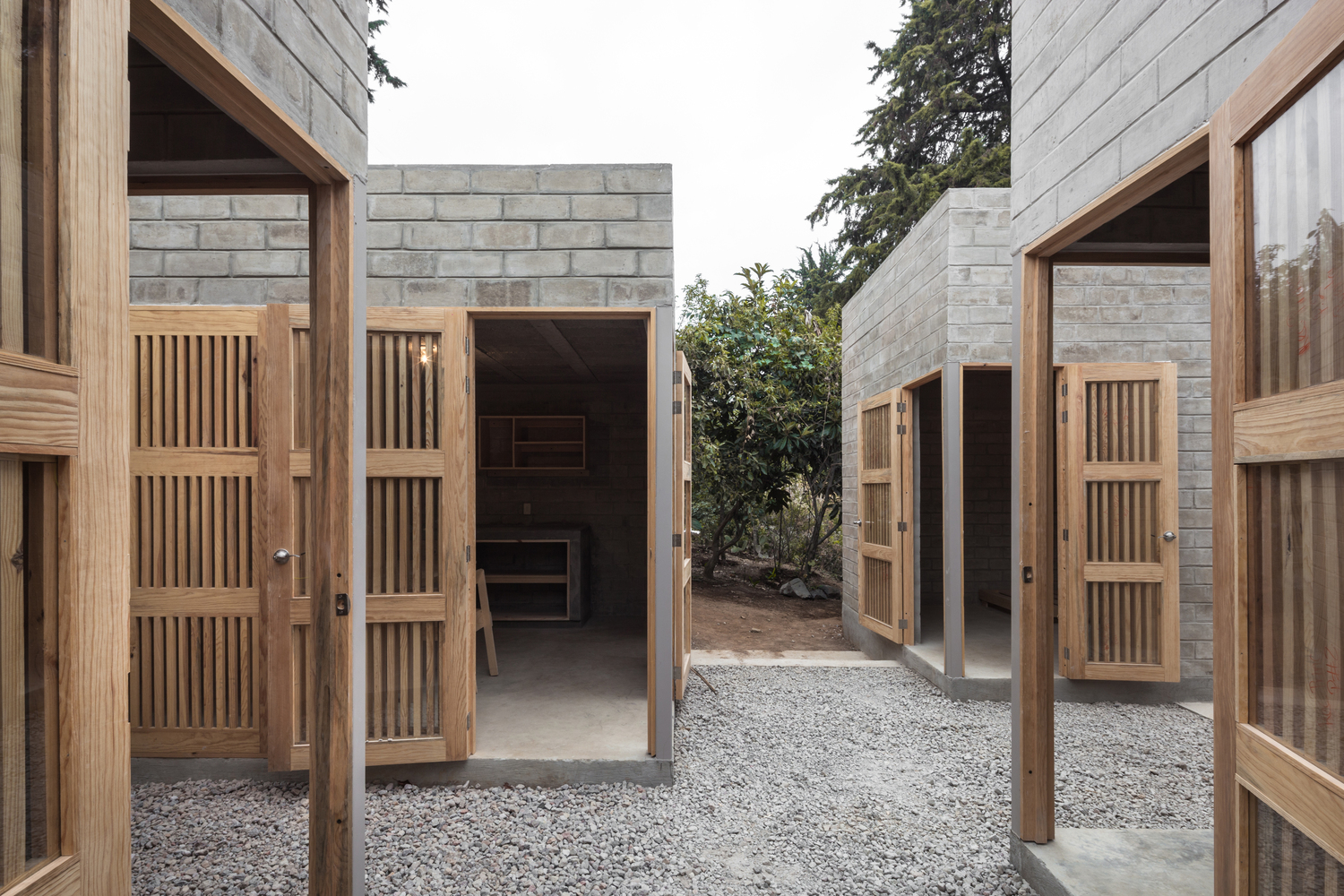
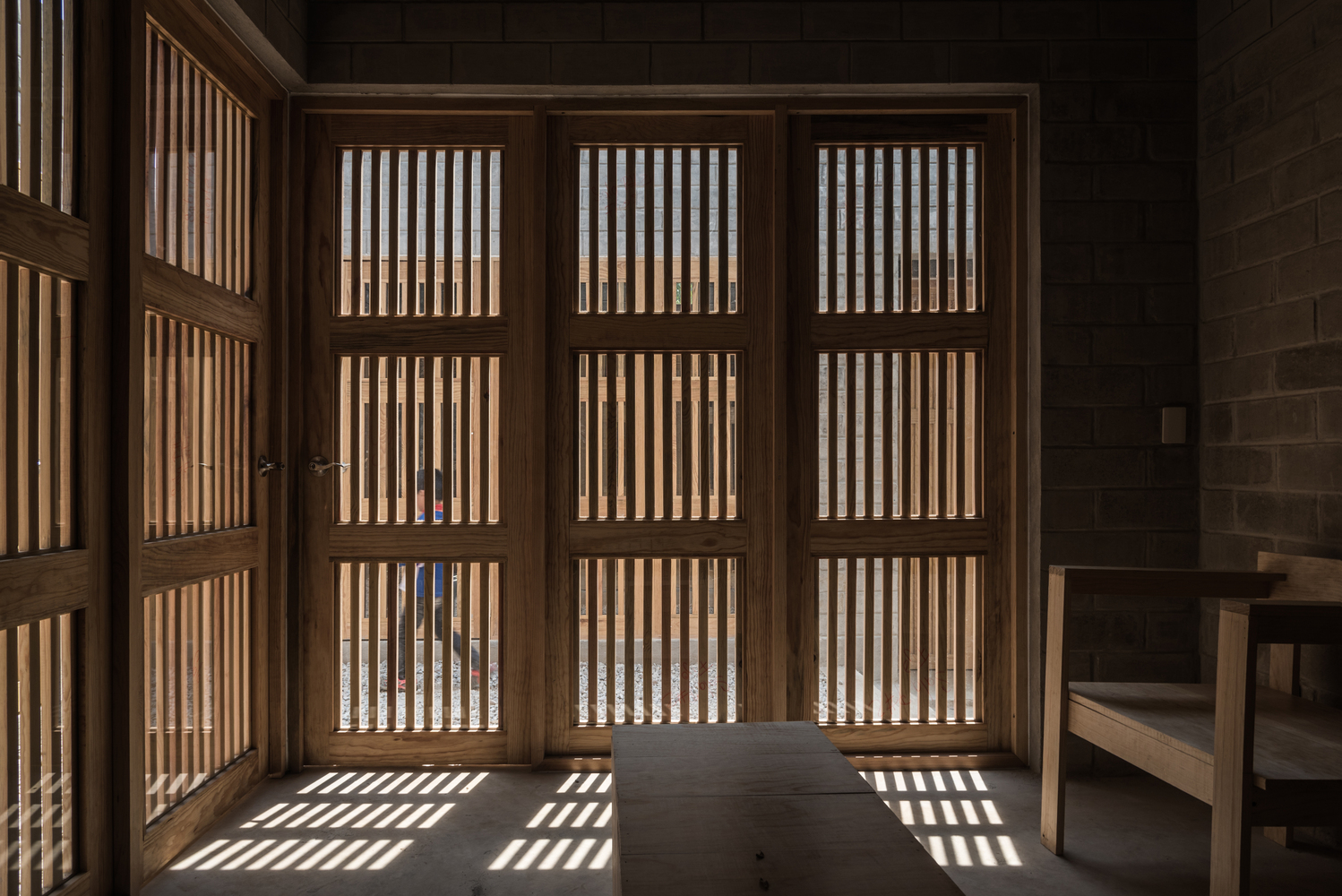
Photos courtesy of Moz & Oscar Hernández and Rojkind Arquitectos


